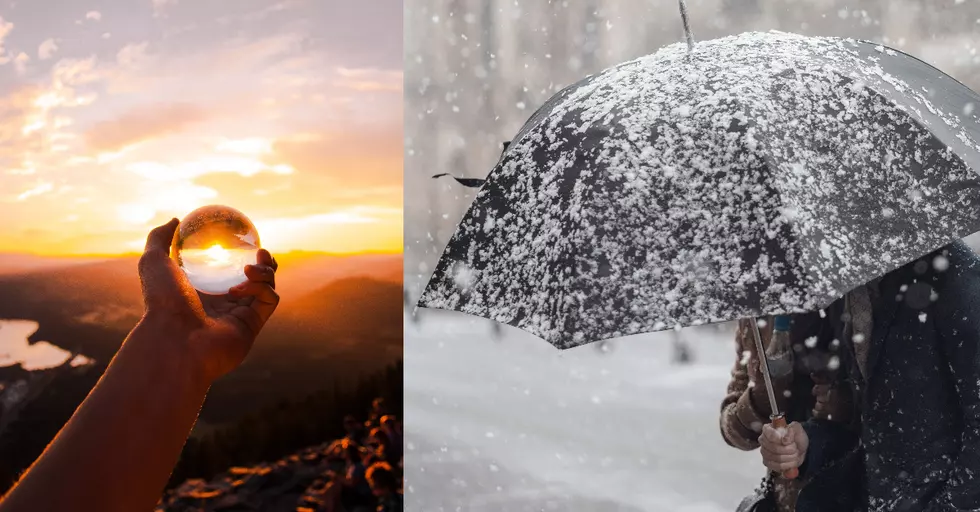
La Niña Is Sticking Around…What Does It Mean For San Angelo?
La Niña is a weather phenomenon characterized by cooler water in the equatorial Pacific. It is the opposite of Niño which means warmer than average water temperatures in the Pacific. Even though that is a long way from San Angelo, both have a tremendous impact on our weather.
Just this week, The National Oceanic and Atmospheric Administration, or NOAA says there is a 91% chance that La Niña conditions will stay in place through November and a 53% chance they'll still be in place in March 2023. NOAA says this is the first "triple dip" of this century. That means it's going on it's third winter in a row, as this cycle began in September 2020. The last two times there was a "triple dip" of La Niña was 1973-1976 and 1998-2001.
La Niña is one of the main drivers of weather worldwide. It has a tremendous impact here in Texas, particularly in fall, winter and early spring.
So what does a La Niña pattern traditionally mean for San Angelo? Normally, La Niña typically favors a warmer and drier winter season. La Niña also traditionally means an increase in hail and tornado events in the spring. However, with this latest La Niña pattern starting to break down in the late winter into spring, this might not be the case in the coming spring.
It will be interesting to see who is more right this winter, NOAA or The Farmer's Almanac. Both forecasts are generally vague enough to be interpreted in a number of ways. When it comes to weather, the only predictable thing is that it is unpredictable.
8 Common Problems Caused by Texas' Extreme Dry Weather
More From ESPN 960 San Angelo






